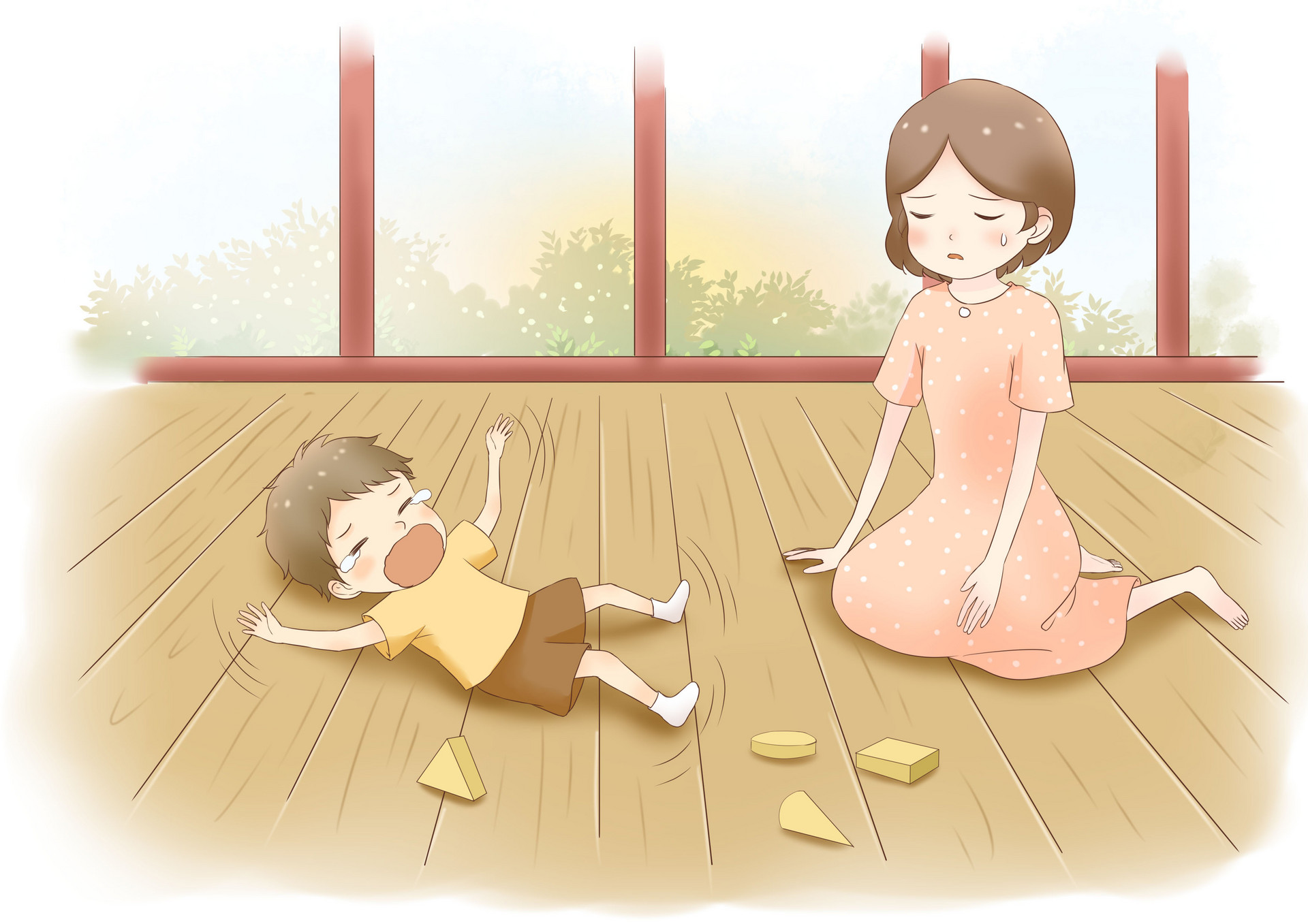Fever is one of the most common symptoms in children and is often a major reason for parents to take their children to see a doctor. When a baby has a fever, it is easy to have febrile convulsions. If the baby does not have febrile convulsions or if the condition is more severe, parents must take it seriously.
What is the normal body temperature? What is considered a fever?
The human body undergoes continuous metabolism, producing heat, and constantly dissipates heat through the skin and respiratory tract. There is a temperature regulation center in the brain to regulate body temperature and keep it relatively stable. The normal temperature under the armpit of a normal person is around 36-37°C (5 minutes on the thermometer). Feeding or eating, exercise, crying, excessive clothing, and high room temperature can temporarily increase a child's body temperature to around 37.5°C. Newborns and infants are more susceptible to the above conditions and sometimes can even reach above 38°C. Therefore, a temperature of 37.5°C or higher is generally considered a fever. A temperature between 37.5-38°C is considered a low-grade fever, and a temperature above 39°C is considered a high-grade fever.
What diseases can cause fever?
Children's fever is mainly caused by bacterial, viral, or parasitic infections such as flu, pneumonia, sepsis, dysentery, etc. Fever can also be caused by non-infectious diseases such as drug allergies, heatstroke, dehydration, severe burns, and injuries. Short-term fever can also occur after planned immunization.
What are the manifestations of fever, and how to correctly understand fever?
1. Fever is both a symptom of a disease and the result of the body's fight against the disease. Some very weak children or premature babies may not have a fever even if they have a severe infection, and their body temperature may even be below normal. Therefore, the severity of the disease cannot be judged solely based on the height of the fever.
2. When a child has a fever, in addition to an elevated body temperature, they may also have cold limbs, flushed face, rapid breathing, increased pulse rate, restlessness, and digestive disorders such as diarrhea, vomiting, abdominal distension, and constipation. A small number of infants may also experience febrile convulsions.
3. During a fever, the heart rate increases, blood circulation is enhanced, white blood cells increase, and antibodies are produced, all of which help the body fight against the disease.
Therefore, when the cause of the fever is unknown, do not rush to use a large amount of antipyretics to forcibly reduce the fever. This not only inhibits the body's ability to defend against the disease but may also disrupt the fever pattern, affecting the diagnosis and treatment of the disease.
In addition, any disease has a certain development process. Even with a clear diagnosis and timely medication, it may take 2-3 days for the fever to subside. Some viral infections or severe bacterial infections may last for 3-5 days or even more than a week. If the diagnosis is clear and the child's general condition is good, follow the doctor's instructions to give the child medication or injections on time. Do not go to multiple hospitals several times a day just because the fever has not subsided. This will prevent the child from getting rest, create treatment confusion, and ultimately hinder the recovery from the disease.
How to take care of a child with a fever? How to reduce the fever?
Children with a fever, especially high fever, must rest in bed. Nowadays, parents pay a lot of attention to their children's studies and are afraid that taking sick leave will delay their homework. Therefore, many children go to school even with high fever, which is very detrimental to the recovery from the disease. It may even worsen the condition and prolong the course of the illness, which in turn affects academic performance. It is truly not worth it.
During a fever, the gastrointestinal digestion function is weakened, so do not force the child to eat. Instead, give them some nutritious and easily digestible food, and avoid raw, cold, and greasy food. Give the child plenty of water to facilitate toxin elimination. Increasing urine output and sweat gland secretion is also beneficial for reducing fever. For children with a high fever above 39°C, especially those with a history of febrile convulsions, timely antipyretics should be given.
There are two methods for reducing fever: medication and physical cooling. Common antipyretic drugs include aspirin, ibuprofen, and acetaminophen. The dosage is determined by the child's age and weight, and the medication interval should generally not be less than 4 hours. It is important not to rush the reduction of fever by using an excessively large dose or repeating the medication too frequently, as this can cause the body temperature to drop too quickly, excessive sweating, and even collapse, posing a risk to life. Some children may be allergic to certain antipyretic drugs, which can cause rashes and induce asthma. Antipyretic drugs have certain toxic side effects, so they should not be abused.
Physical cooling methods include applying a cold towel on the child's forehead, using a cool or ice pack as a pillow, wiping the child's body with warm water, soaking their feet in warm water, and using alcohol or 34-50% alcohol to rub the sides of the neck, armpits, and the roots of the thighs (not suitable for newborns).











